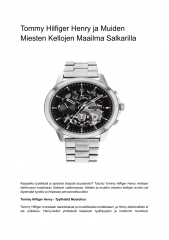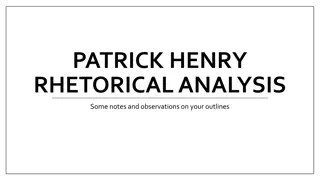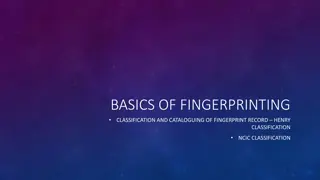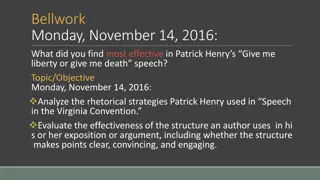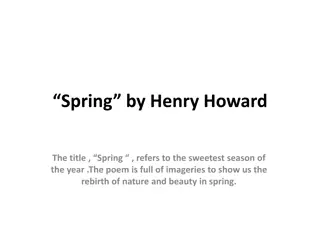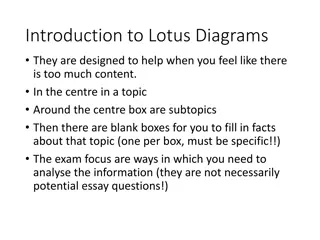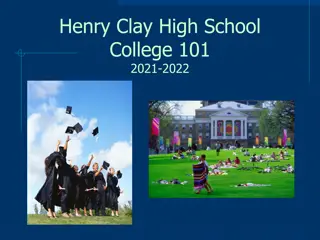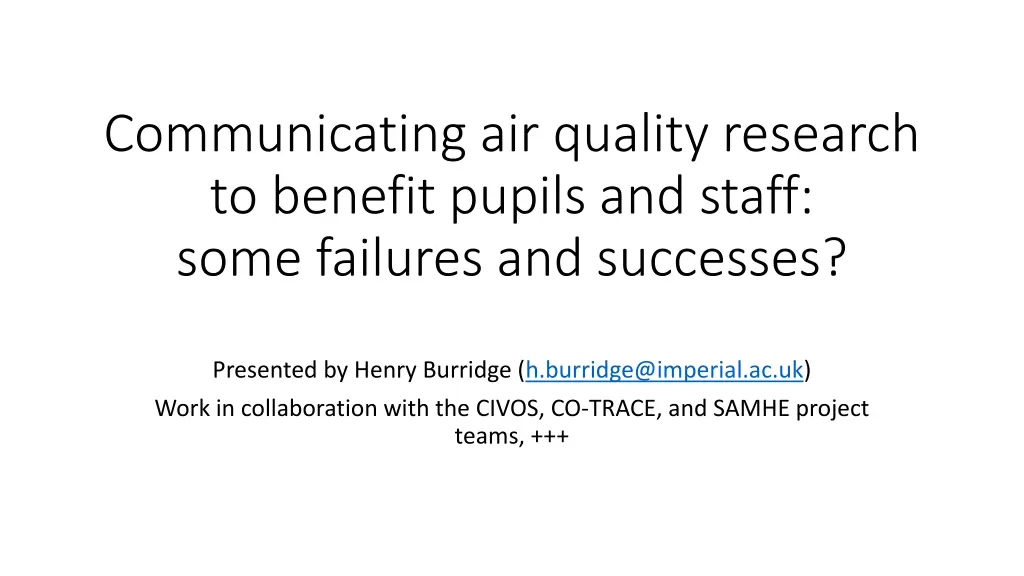
Improving Air Quality in School Environments
Explore the challenges and successes of communicating air quality research to benefit pupils and staff in schools. Henry Burridge presents insights on engaging classroom staff and providing unbiased information to prioritize environmental control. Learn from project examples like CIVOS and the holistic approach during the pandemic to aid in adherence to government guidance on COVID-19 transmission.
Download Presentation

Please find below an Image/Link to download the presentation.
The content on the website is provided AS IS for your information and personal use only. It may not be sold, licensed, or shared on other websites without obtaining consent from the author. If you encounter any issues during the download, it is possible that the publisher has removed the file from their server.
You are allowed to download the files provided on this website for personal or commercial use, subject to the condition that they are used lawfully. All files are the property of their respective owners.
The content on the website is provided AS IS for your information and personal use only. It may not be sold, licensed, or shared on other websites without obtaining consent from the author.
E N D
Presentation Transcript
Communicating air quality research to benefit pupils and staff: some failures and successes? Presented by Henry Burridge (h.burridge@imperial.ac.uk) Work in collaboration with the CIVOS, CO-TRACE, and SAMHE project teams, +++
Classroom staff matter The UK has around 600,000 classrooms 90% of these are naturally ventilated with manual control So classroom staff are implicitly responsible for the ventilation (and air quality?) in around 0.5M classrooms To improve classroom environments with drastic engineering intervention, we must engage classroom staff
Schools, and teachers, are very busy Schools are busy, poorly funded, places Teaching staff are very busy and typically feel overstretched How can we help teaching staff to appropriately prioritise attention towards classroom ventilation and air quality? We can only provide clear unbiased information based on evidence They must choose the priority of the environmental control in their classroom
Example: The CIVOS project (a more traditional route?) Schools engaged via academy trust and SLT Worked with site staff to install monitors Training and guidance provided to classroom staff in the usage of CO2 monitors being provided Reasonable attendance & engagement, some schools we trained a trainer Pre- and post-intervention surveys deployed Very poor response rate Assessment via focus groups and interviews Barely adequate response Feedback presentation and Q&A discussion difficult to organise
Example: Reporting classroom infection risk to teachers during the pandemic Based on conversations with members of the DfE, SAGE, SAGE-EMG, and SPI-B it was decided that detailed predictions specific to the airborne infection risk from COVID-19 were unreliable, impractical, and unhelpful for schools and their communities. Instead a holistic approach to aid adherence to current government guidance concerning COVID-19 transmission, rather than `risk per se, was taken. This took the form of the provision of a freely available `COVID-19 Assistance for Schools Tools CAST. CAST offered routes for guided assessment of the risks associated with COVID-19 transmission in schools. CAST offered two independent levels of assessment: Classroom: aimed at classroom teachers, Learning support assistants and teaching assistants, and School: aimed at head teachers, school senior leaders, site management staff and caretakers.
The `COVID-19 Assistance for Schools Tools CAST CAST CAST for classrooms: https://www.coschools.org.uk/cast/teachers CAST-Classrooms: COVID-19 infection occurs via three main transmission routes: the droplet route, the contact route, and the airborne route. To help you ensure adherence to current guidance, please get assistance for all three routes. As you complete each route recommendations will appear below to help you to better adhere to COVID-19 guidance for each route recommendations are: highlighted red when your responses indicate that action should be urgently considered, highlighted amber when some actions should be considered, and highlighted green when your responses indicate that the guidance is being well adhered to. CAST for school: https://www.coschools.org.uk/cast/schools CAST-Schools: As per CAST-Classrooms , focusing on all three transmission routes but aiding the adherence to COVID-19 guidance at a school, rather than classroom, level.
Example: The www.CoSchools.org.uk platform During winter 2021-2022 some 320,000+ carbon dioxide monitors were supplied to English, Welsh and Scottish schools. A similar provision during winter 2022-2023 will ensure all classrooms in England have access to CO2 with similar results in the devolved nations. No forewarning, and almost no training/support, was provided to schools The CO-TRACE project developed the school facing CoSchools platform, this free to access web platform provides: Four guidance videos to motivate and support the use of CO2monitors: these have been viewed more than 4,000 times (as of Mar/23), Table of guidance and actions for various CO2levels in classrooms, Printable poster guiding classroom staff on the use of CO2monitors, and An editable presentation for school leaders to train staff in the purpose and usage od CO2monitors.
Example: The www.CoSchools.org.uk platform The future... The CoSchools platform was always intended to be a flexible portal to link school staff to unbiased guidance/information CoSchools provides tools for healthy schools Apr-May 2023 will see a launch of a new look and content for CoSchools Emphasis on the benefits of IAQ beyond COVID will increase but how? Should the scope remain IAQ with a focus in classrooms? What help can CoSchools provide classroom and school staff, how and why?
Questions? What did we get wrong in these examples? What did we get right in these examples? What have you done that worked well/better/differently? Does www.CoSchools.org.uk provide a useful platform to support your communication efforts with schools and their staff? Would you like to help shape the content from Apr/2023?
Banner as is except links to: The facts, Ventilation &CO2 monitors, Air filters and cleaners, Understanding your school s air quality, About, Partners Ventilation and CO2 monitors [based on CO-TRACE materials] What is ventilation? Ventilation as key controller of school air quality Why CO2 in classrooms is a good indicator Links to existing resources: Videos Posters Tables Editable training presentations The facts Intro to school air quality Relevant pollutants and metrics inside schools Key sources and mitigations Air quality in and around schools [copy from, or links to, comms material from GCARE, GAP, ++?] Air quality at home [copy from, or links to, comms material from Well Home and/or Ingenious?] Air quality travelling to/from school [copy from, or links to, comms material from GCARE, +++?] Education material linked to indoor air quality Air filters and cleaners Understanding your school s air quality Get involved in monitoring and understanding air quality if your school via the SAMHE project SAMHE provides: A WiFi enabled air quality monitor free to your school Activities for staff and pupils to explore their school air quality Resources that can be linked to your curriculum in a broad range of school subjects [based on material from Class-ACT, edits from Nic?] What are air filters and cleaners? When might these be needed? Good laboratory evidence for the effectiveness of HEPA and UV others not sufficiently tested Good operational evidence for HEPA Links to resources on HEPA: Guides/videos for site staff on installation Guides/videos for classroom on usage Guides/videos for SLT on cost-benefits

